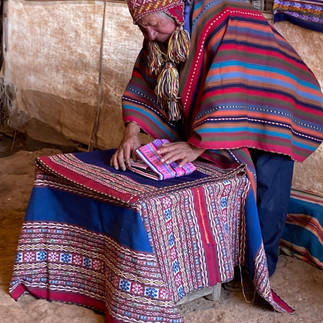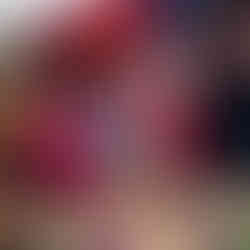Cultural diversity in Peru
- Peggy Simonsen
- Dec 8, 2023
- 2 min read
Updated: Dec 11, 2023
"One's destination is never a place, but a new way of seeing things."— Henry Miller
Peru has such a diversity of cultures: The Mayan in the Peruvian Amazon, the Inkan indigenous peoples of the Andean highlands, the descendants of the Spanish conquistadors from the 17th century, followed by other European settlers in the colonial period, and recently immigrants, especially from Venezuela. People value their heritage and work to keep their traditions. As a visitor, I was pleased to be introduced to some of this diversity.
In the Amazon, we visited a Yagua village, where the elders introduced their traditional dance and invited us to join them. They demonstrated how they use blow-guns to hunt, and shared some of their crafts like masks made from balsa wood, baskets woven from palm fronds, and beaded jewelry from bone. Our amazing guide not only spoke Spanish and English, but also communicated in the Yagua language to our hosts.
The Mestizos of the Andean highlands are distinguished by their traditional, colorful dress and hats. They still farm and live on the land, selling produce and guinea pigs in the village markets.
Cusco is a center of the traditional fabric woven from Alpaca wool and sold internationally. There is a strong culture of chewing coca leaves as a stress reliever. We learned of the legal market for it to be sold, but also the black market where coca is sold to make cocaine for the international market.
The colonial period is marked especially by the city architecture in Lima, merged with remnants of the incredibly strong stone walls and buildings still remaining from the Inkans. The colonial center of Lima is a UNESCO World Heritage site. “Informal settlements” of immigrants march up the hillsides around Lima and Cusco, greatly expanding their population in the last few decades.
While many of the residents are Catholic, there is still a strong belief by indigenous in PachaMamma- the earth mother of their past beliefs. And Shamen still practice their magic. In the jungle, the Ceiba tree was worshipped in ancient times because of its height and long life as a connection between earth and heaven. The Inkan culture worshipped the father sun and the mother moon. In the pre-Inkan culture the Condor was a representation of the sky, the Puma for the earth, and the Serpent for the ground. These symbols are part of the design of their pottery, jewelry, fabric and sculpture.
In our time in Peru, thanks to our extremely well-informed guides, we were introduced to the diverse cultures that make up the country today. Just enough to make me want to learn more about their history and the traditions that influence the lives of people today.





















Comments